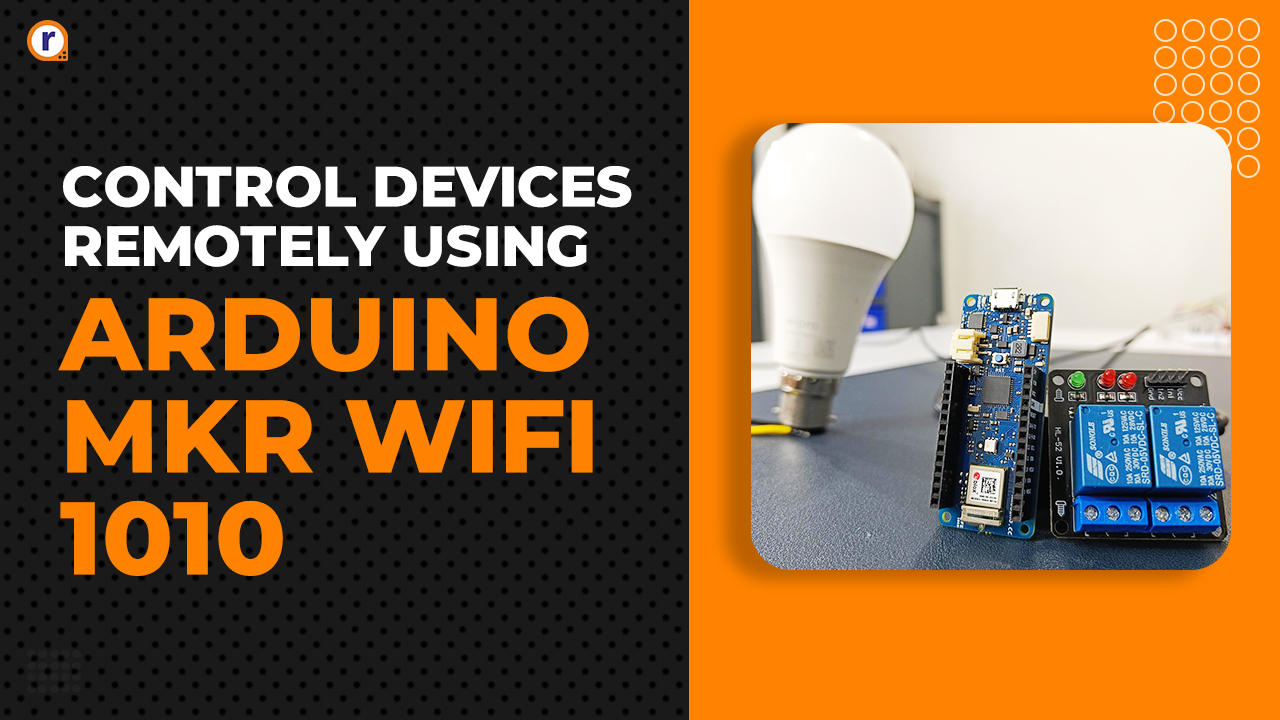IoT Architecture
As we are growing with the digital world, ‘IoT’ is the most important technology that we must know. In this blog, we will learns the fundamentals of IoT and Its architecture.

Internet of things has lots of potential to change the world, Yes true! We all know that. But why we are saying that, the question came into your mind, what is IoT? You consider it a system that takes the data from some system, stores it onto a cloud, and displays that on our system or a network, it is our basic assumption. Though you think it is just sending data on the cloud and monitoring it, but it is more than that.
The basic definition of IoT is the 'Internet of Things (IoT)' is a system of thousands, hundreds or even billions of interconnected devices, computer objects, animals, people that are provided with unique identifiers and can transfer the information data over a network without requiring human-to-human or human-to-computer interaction.
We will first learn what IoT is; later, we will jump into how it works. For knowing the flow of its working, it is the best practice to learn the architecture first. We will break its architecture into four simple parts, and will understand their significance with the real-world applications.
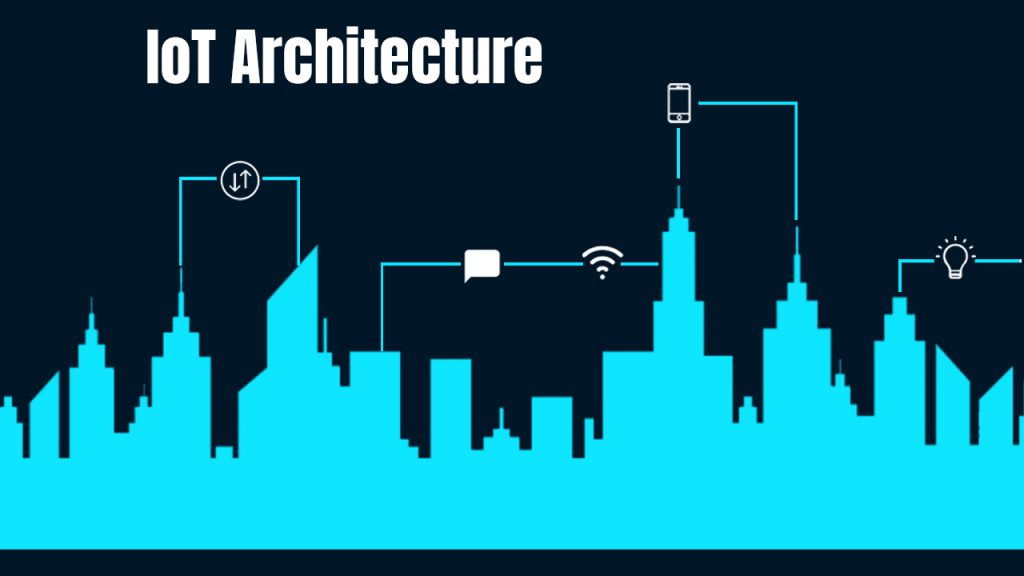
Like smart cars, smart cities, intelligent hospitals, everything around us becomes an interconnected device with the Internet of things.
As you see earlier, we will jump on the topic one by one. We are going to see some vital elements of IoT like:
- Introduction to IoT
- IoT architecture
- Applications of IoT
Introduction to IoT
Humans communicate with each other via the internet, which ultimately means that we are connected virtually. Similarly, if things can transmit their information via the internet, this terminology is referred to as the internet of things. It works into multiple layers, but basically, it is divided into four essential parts, which we will discuss later.
The most significant advantage of IoT is you can monitor or control any devices by sitting in any corner of the world. You don't need to be in a particular communication range.
If you want to learn how the IoT system works, it is very important to learn its architecture first. Under this, we will be going to learn the basic building block of architecture.
IoT Architecture
IoT Architecture consists of the first layer, which are sensors or devices connected to the internet. Using their embedded sensors and actuators can sense their environment, then the data get accumulated and sent to IoT gateways.
The next stage (2nd stage) consists of IoT gateways that collect a sufficient amount of unprocessed data, convert it into digital packets, filter and then manipulate it, so it's ready for the process of edge analytics.
The third layer is represented by Edge analytics. It is used for processing the data and enhanced analysis of information. It is the most important factor for maintaining the data in IoT. In this sector, artificial intelligence (AI)and machine learning (ML) technologies are used to sort out the data and provide appropriate data to system/cloud.
After that, the information is transferred to data centers which might be either cloud-based or installed locally. This is where the information is stored, managed, and analyzed with several techniques like edge computing.
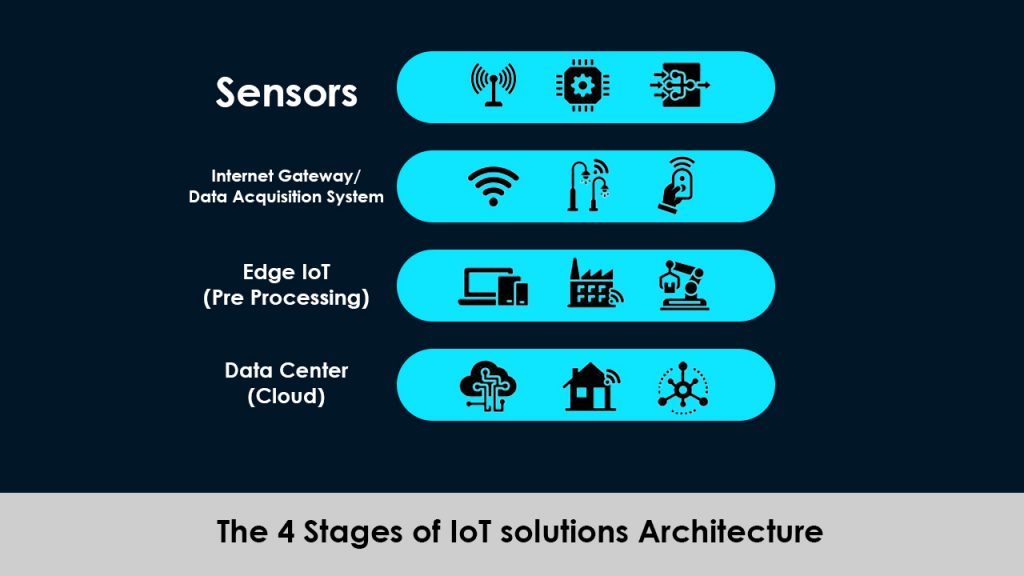
Sensors, Actuators, and Controllers:
The term sensor is a device that can sense the data and convert it into electrical signals with respect to the data obtained from the sensing element. It just produces the output as we humans do. We scream when we touch something hot and shiver when we feel cold.
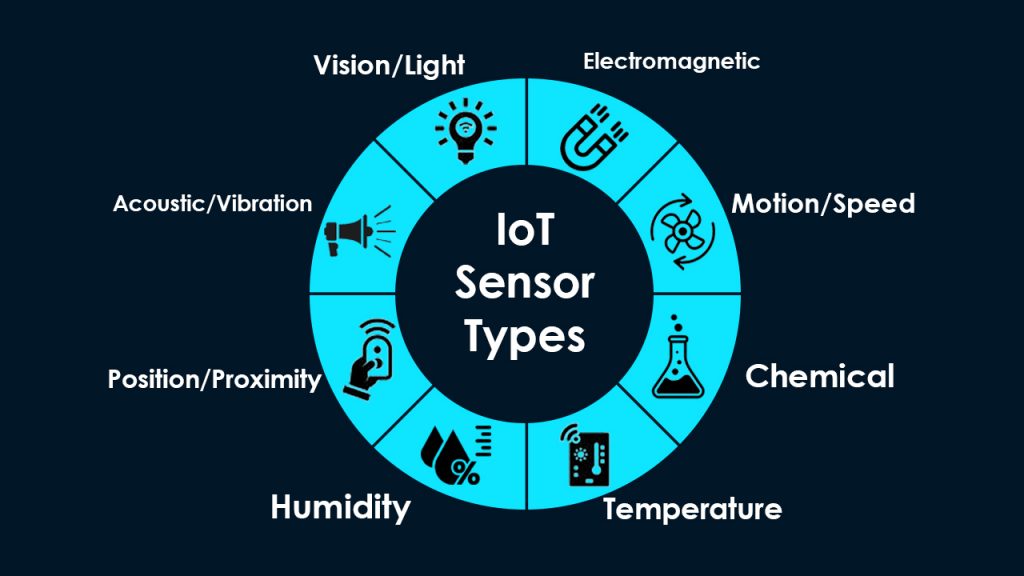
The first layer of IoT consists of sensors which are connected to such a device that can transmit the sensor's data on the cloud platform. There are tons of sensors available in the market to measure/sense some physical or biological parameters.
Importance of the first layer: To process specific data, we should know which data we want to process and which exact parameters we want to see on our IoT platform. Sensor and sensor-connected devices are the most important thing to get information from that area. This plays a vital role as it gives you the data which you want to process further. You can control these devices wirelessly because they are integrated with internet gateway connected devices.
Examples: Gas sensors, moisture sensors, PIR sensors are examples of sensors and water pump, solenoid valve, solenoid water pump are examples of actuator device, while microcontroller wifi integrated board also comes into this layer.
IoT Gateways
Smart devices need smart gateways. IoT gateways are entry and exit doors between cloud platforms and sensor data.
Gateways are always like a translator for network translation protocols. All networks have a boundary that limits communication. It is a node that connects two different network protocols. When one network wants to communicate with other networks. Data packets are passed to the gateways and then routed by gateways devices through the efficient path.
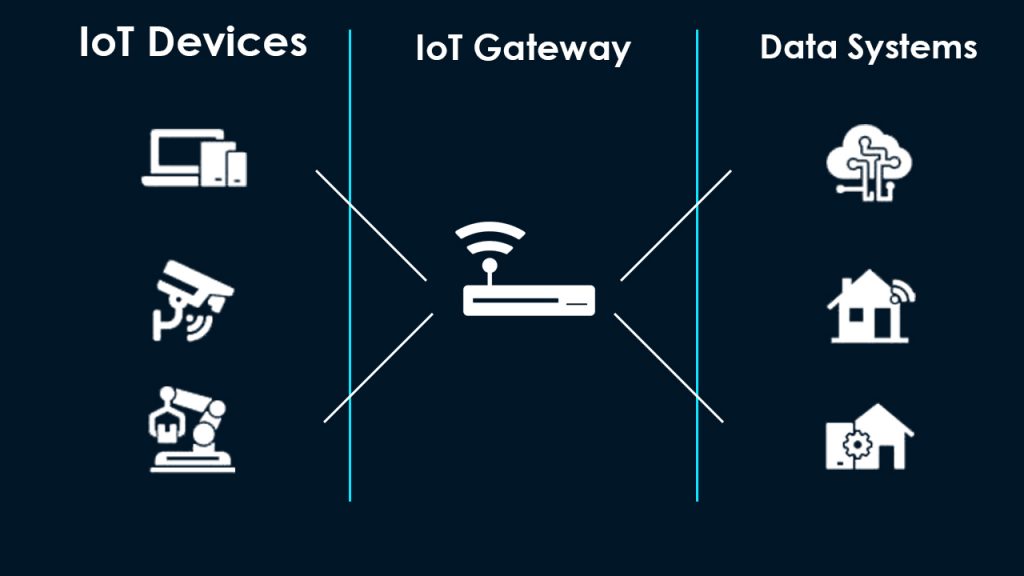
It translates various protocols or languages that smart devices uses, such as wifi, Bluetooth, Ethernet, MQTT or serial port. IoT gateways are smart. They collect the sensor data, translate protocols and process sensor data all at the edge of the network before sending it on to the cloud.
The gateway layer explains it as a separate IoT architecture layer. The reason behind this, it is crucial for the processes of information collection, filtering, and transfer to edge analysis and cloud-based platforms. Manipulating or sending the data Collecting data from one smart house can not be a big task, but sharing the smart city's data is an excellent task. Because thousands of sensors connected in that smart area, and each sensor and collecting and producing data from each second.
IoT gateways pass only critical data to the other networks and maintain parameters like device connection, security updations, and management. Smart IoT gateways and designed to maintain the security and complexity with encryption that the data does not get lost.
Newer gateways also operate as a platform for code. Suppose it will turn off the AC(Air conditioner) if the code has been made for turning off the AC at a freezing temperature.
Importance of the second layer: The second layer can filter out the important data, in this way it minimizes the volume of data, and only the certain part of data(which is most important to process) can be forwarded with accurate readings. Ultimately it saves a lot of space in cloud/storage centers. It also saves the energy of devices, sensors, and controllers.
Another most important aspect of the gateway is the security, Smart IoT gateways provide high security as they transfer and maintain the flow of data from both sides.
Examples of IoT gateways: Wifi integrated controllers, Bluetooth devices, LORA, Ethernet devices, Zigbee, LTE devices, fiber optics devices are the best examples of IoT gateways.
Edge Analytics & Edge Computing
Edge analytics is the process of manipulating or getting crucial information from a sensor before placing it on the clouds. Let's understand this concept through an example. Suppose, in the particular sensor accumulated area of the company, the camera captures the data for day-to-day activities performed in a company. It keeps recording the data for every single second. Imagine how much information it is registering in a day and sending it on to the cloud. Instead of that, if we attach the motion sensor with the camera, then that camera only records the clips in a moment where motion is detected. In this system, the motion sensor will act as an edge device.
We can reduce the direct connections reaching the centralized cloud repository preventing it from getting overweight. Edge analytics is used to reduce response time and expedite data processing.
Similarly, edge computing is an open IT infrastructure that analyzes the data/command before sending it on gateways or likewise layers in the system.
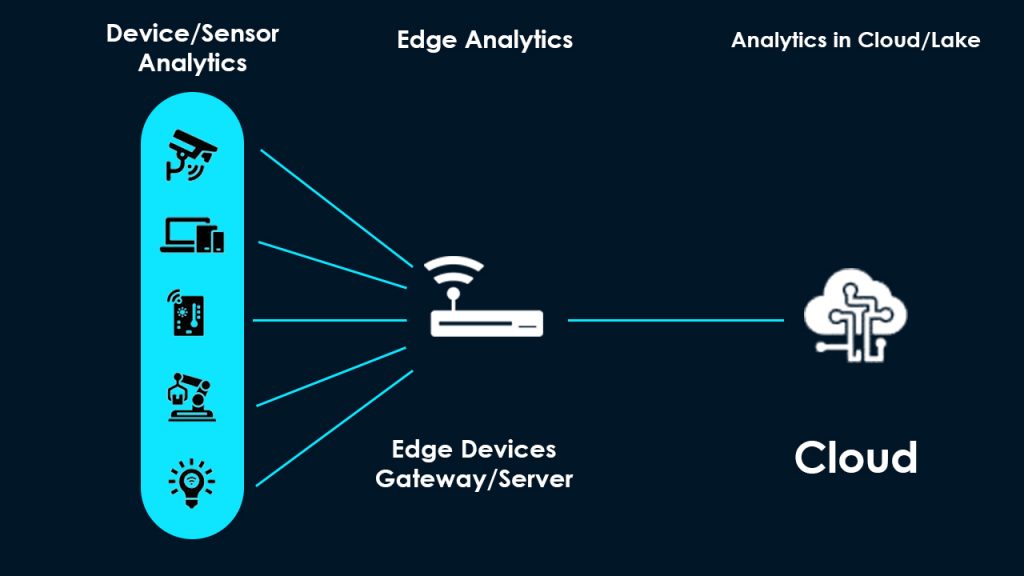
Importance of this layer: Edge technology enables data stream acceleration, including real-time data processing without latency. Nowadays, IoT devices are snowballing in the industry. According to statistics, the number of IoT devices will increase in some billions up to 2025. For handling such an immense amount of data, the edge system is essential for sending essential and crucial data on the cloud. Ultimately, it will reduce the bandwidth of data effectively.
Pros and Cons of This Layer
While talking about the benefits of this system, it has more benefits than drawbacks. The services are it reduces the usage of cloud resources. It provides a faster and real-time response and it does not create any communication gap between the two networks. Edge devices act like firewalls for IoT sensors and devices, and also helpful for network resources.
Edge technology will unlock new opportunities by switching to modern, intelligent edge computing architectures.
Data Storage Centres/ Cloud Platforms
Suppose you are operating an IoT-based system in which you control home appliances with some IoT application. In that case, the cloud is the most crucial factor used to store your system's real-time data by which we are getting an update of the system for every second.
A data center is a system composed of networked computers and storage used to organize, process, and broadcast large amounts of data. Similarly, the cloud is a vast network that supports IoT devices and applications. An IoT cloud also includes the facilities and standards for connecting, managing, and securing the network and IoT devices. This structure/system heavily depends upon the applications, services, and data contained within a data center, making it a center point and critical asset for everyday operations.
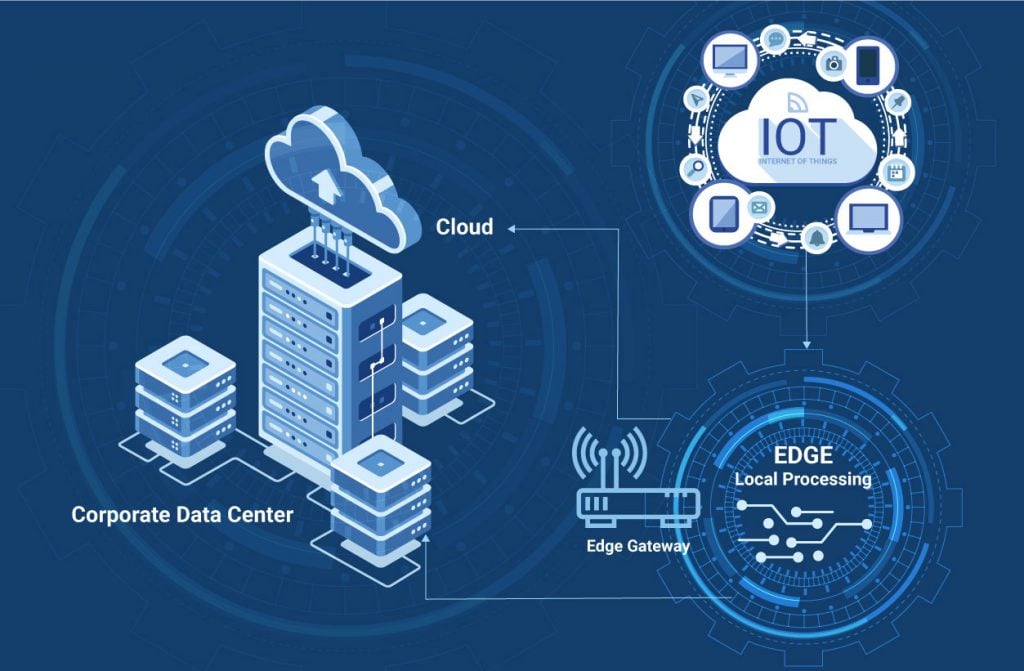
If data-Sensors/ cloud platform plays the role of backbone, then the cloud is that the brain within the IoT(Internet of Things).
As the statistics say, by the end of 2025, IoT devices will capture several billion. It will convert huge requirements to store those data into cloud/ data centers. The cloud also provides high scalability when you have to operate/ monitor several hundred thousand or even millions of devices together. Putting this large amount of data from each sensor is hugely intensive. With the cloud's help, this data can be stored efficiently and aggregated with edge computing. Due to such parameters, it is considered a vital layer in the IoT system.
Applications of IoT
The IoT architecture for the system consists of three stages: physical, communication and application. The physical layer consists of the multiple-sensor network that monitors the patient’s vital informative data like nutrition, medical intakes, and physical activities. Also included within the physical layer is another monitoring network consisting of in-house sensors and actuators to take care of air quality, temperature, research, and determine any hazardous conditions for the person.
The second layer includes OT (Operational Technology) devices that collect the knowledge gathered by the sensors, translate it into meaningful data packets and transfer them to a back-end destination. The third layer is where data is received, stored, and processed using cloud-based data analysis engines and machine learning mechanisms.

The healthcare monitoring system presented must provide access to different users—for example, the healthcare provider, the patient themselves, and any family members or caretakers. while doing this all the data is kept secure with a certain encrypted format so that it can only be accessed by specific devices.
Other than this, few real-world IOT applications are there:
- Smart wearable devices
- Smart cars
- Smart pacemaker
- waste management
- Smart home application
- Tracking industrial issues
- Supply chain
- Agriculture and pest control
Final Words
From the above, we have understood that IoT architecture is divided into four crucial layers. Those layers are subdivided depending upon the system. IoT architecture is beneficial in scalability, monitoring the data, real-time results, and real-time actions.

A growing portion of IoT devices is created for consumer use, including connected vehicles, home automation, wearable technology, related health, and appliances with remote monitoring capabilities. We need to understand the basic blocks and architecture of the system for such tremendous massive growth, so we understand basic things of architecture by reading this article.
I hope you will find this article helpful. Thank you for giving your valuable time reading this article. Share your comments in the comment box if you have any.



